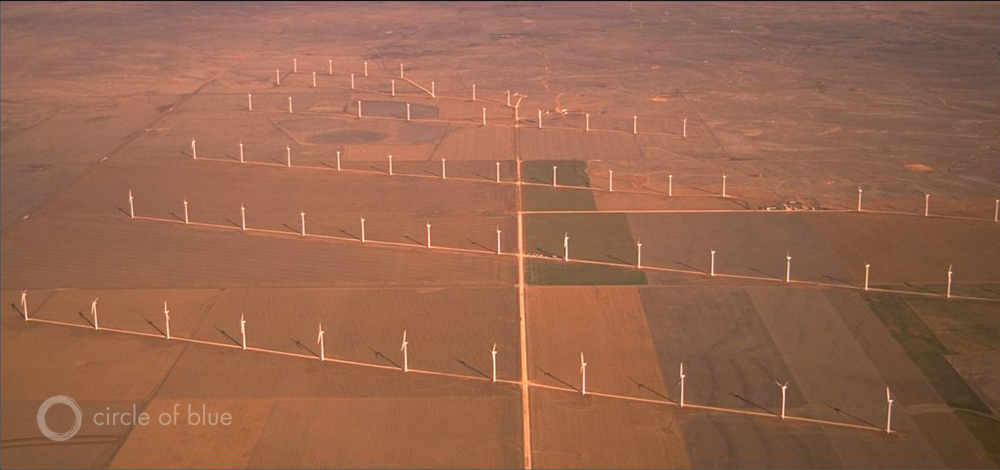ShadowSwordmaster
Banned
https://www.scientificamerican.com/article/the-rise-of-wind-power-in-texas/
Some select quotes.
Some select quotes.
Wind generation accounted for nearly 23 percent of power generation for the Electric Reliability Council of Texas (ERCOT) in the first quarter of 2017, the Lone Star State grid operator said this week.
The announcement marks the highest quarterly wind penetration in ERCOTs history and underscores the market challenges facing the coal industry in Texas, where power plants consumed some 86 million tons of the black mineral in 2015, or more than double the next largest coal-consuming state.
ERCOT is the primary grid operator in Texas, where it serves 24 million customers.
Robbie Searcy, an ERCOT spokeswoman, said the grid operator has never observed quarterly wind penetration at this level before.
I think it is fair to say this is a trend were seeing, she said. Not only are you seeing these percentages of wind, wind capacity continues to grow in ERCOT.
There is a list of caveats that come with the new data, which were released Monday as part of ERCOTs monthly demand and energy report. First, the winter is the windiest time of year in Texas. It is also a season when power demand wanes and many plants shut down for maintenance.
It also follows a rebound in Texas coal use. A slight increase in natural gas prices has boosted coals fortunes in the state, with coal (31 percent) edging out natural gas (29 percent) as ERCOTs primary source of electricity generation in the first quarter of 2017. Year-over-year, ERCOTs first-quarter coal use increased 58 percent.
The increase in wind is a trend youd prefer not to deal with, but its not a trend youre going to pace all night sweating over, said Jim Thompson, director of IHS Coal, a consultancy.
Coal burned at Texas plants is particularly competitive because it largely comes from the Powder River Basin (PRB) in Wyoming and Montana, which boasts the lowest mining costs in the nation, he said.
Texas wind is nevertheless real competition, Thompson said. The more generation that renewables take, the smaller the pie coal and gas are vying for.
Natural gas has long been coals most formidable competition in Texas. Last year, gas accounted for 44 percent of ERCOTs electricity generation. Coal and wind represented 29 percent and 15 percent, respectively.
But wind is increasingly competitive. Because turbine operators have no fuel costs, their power is generally dispatched before coal and gas.
ERCOTs installed wind capacity has nearly doubled since 2010, leaping from 9,400 megawatts seven years ago to 18,589 MW today. In 2015, wind surpassed nuclear to become the grid operators third-largest power source.
And ERCOTs installed capacity could surpass 28,000 MW by next year if all the projects with interconnection agreements with the grid operator are built.
This is pushing coal off the grid, said Daniel Cohan, an associate professor of civil and environmental engineering at Rice University.
Texas is far and away the largest purchaser of Wyoming coal, PRB coal. As these coal plants get used less and less, many will retire in the next few years. PRB mines are losing their biggest customers, Cohan said.


